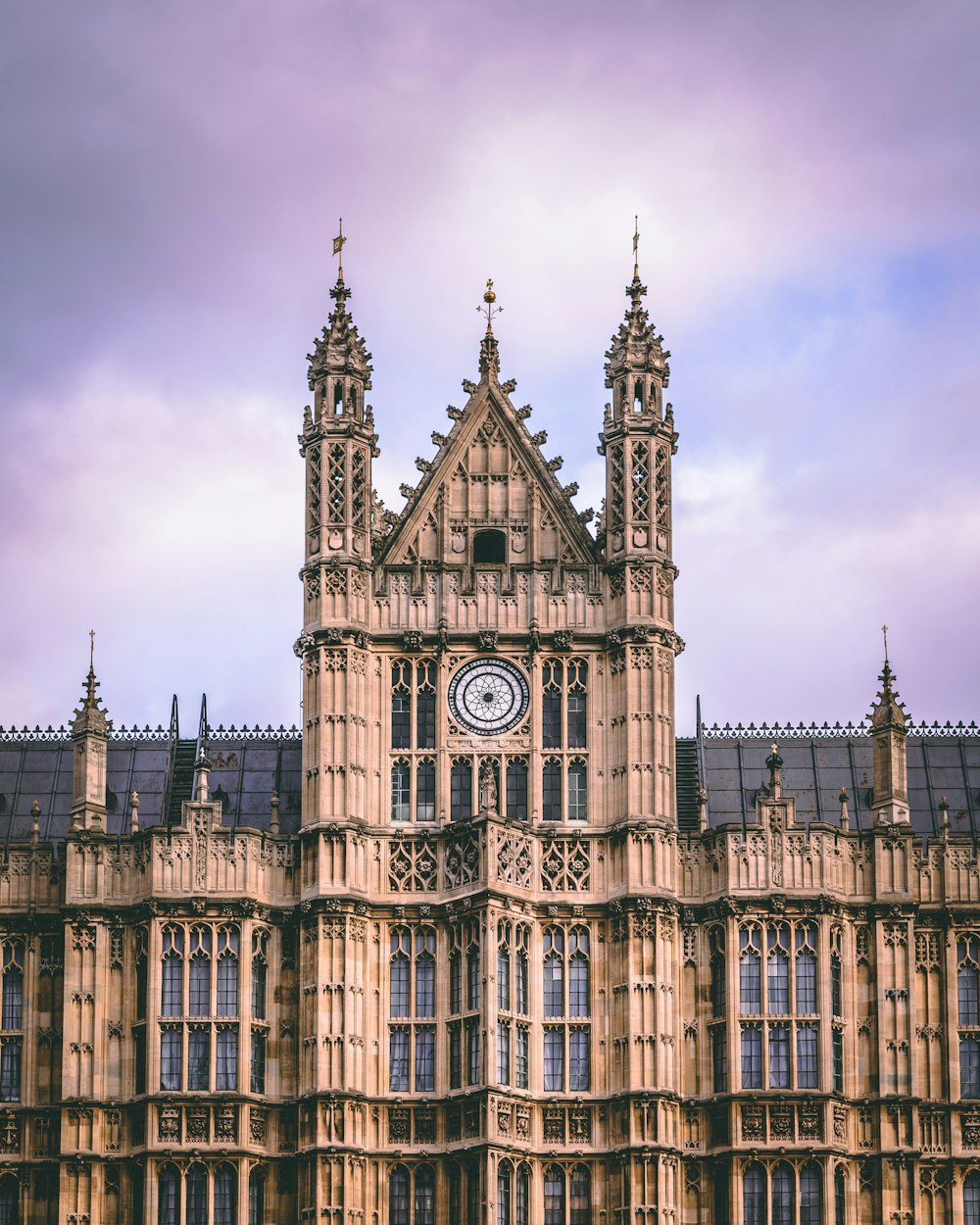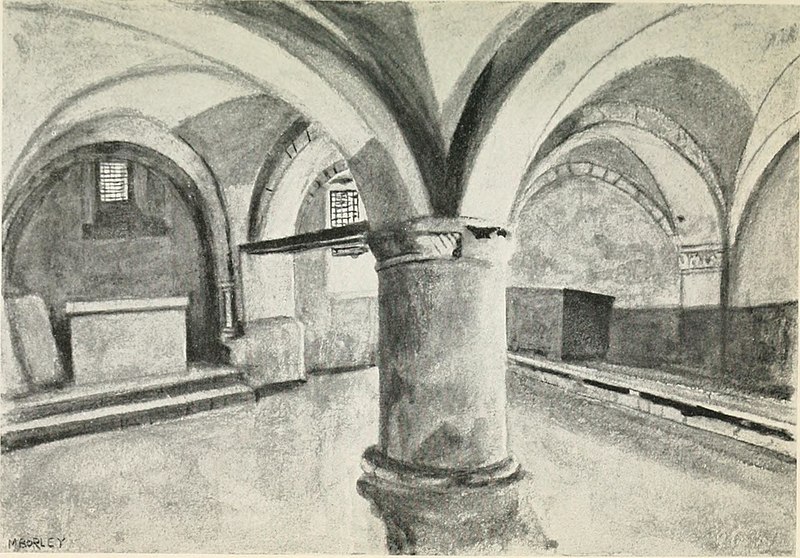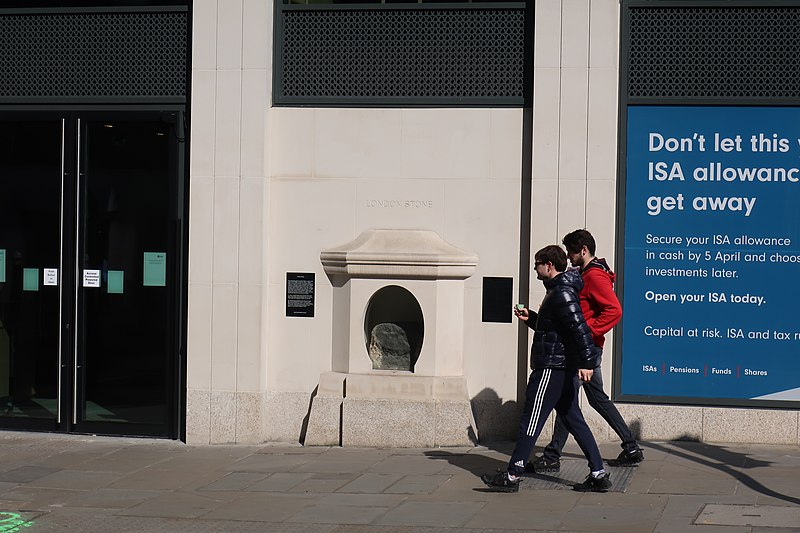
Photo by Arthur Osipyan on Unsplash
10 Oldest Buildings to visit in London
As historical, as a city as London is, there are plenty of buildings and structures that date back centuries, if not thousands of years.
While London had long been spotted with settlements, the first organized building came with the Romans after their invasion in 43 AD.
Just like in every place that the Romans settled, remnants of Roman artefacts and architecture have been uncovered in London.
Some of the city’s oldest buildings date back to this time of Roman occupation.
Most of the buildings were built as places of religious worship or as a residence for the royal family.
These buildings were often destroyed by war, fires, or other disasters but were eventually rebuilt and some remain in use today.
The coming of the Christians in the Middle Ages led to the construction of several churches that Still see many worshippers each Sunday.
‘London’s oldest’ is often claimed by many buildings in the city. Here is a list of the 10 Oldest buildings to visit in London.
1. 41 Cloth Fair
YEAR : 1594 – 1614
PURPOSE : Merchants’ Houses
LOCATION: Barbican, London EC1A 7JQ, UK
STATUS : Still in Use

Image by Dierdre Shaw from Wikimedia
The name Cloth Fair stems back to the annual cloth fair held in August in the churchyard of St Bartholomew, which has stood on the site since 1123 when it was an Augustinian Priory.
The fair was originally a trading place for merchants, but its popularity meant other attractions became popping up, including freak shows, music and other stalls. It later became known as the Bartholomew Fair and ran until 1855.
It was only after the dissolution of the Monasteries under King Henry VIII (1491–1547) that the priory was reduced and houses were allowed to be built in the area.
Hidden down a small street in Farringdon lies a quite remarkable building – 41/42 Cloth Fair. Built between 1597 and 1614, this is the only house in the City of London to have survived the Great Fire of London in 1666.
Records also show that the building was originally part of a larger scheme of eleven houses featuring a courtyard in the middle, known as “The Square in Launders Green”.
At more than four centuries old, 41-42 Cloth Fair is the oldest continuously occupied house in London.
2. Westminster Hall
YEAR : 1097
PURPOSE : Royal Residence
LOCATION: 3 St Margaret St, London SW1P 3JX, United Kingdom
STATUS : Used as Part of Houses of Parliament

Image by Tristan Surtel from Wikimedia
Westminster Hall is the oldest part of the Palace of Westminster, which is used as the meeting place for the British Parliament.
The Hall is notable for being one of the only parts of the Palace that remains almost entirely in its original form.
The Hall was built during the reign of William II in 1097 and finished construction two years later. Measuring 73 by 20 metres (240 by 67 feet),
The Hall was the largest residence in England and smaller more practical halls were built nearby to be used by the British royal family on a regular basis.
King Richard II added the 13 statues of England’s kings dating back to Edward the Confessor, which remain in the Hall today.
It is one of England’s most treasured sites.
3. St. Pancras Old Church
YEAR : 314 CE or 625 CE
PURPOSE : Place of Worship
LOCATION: St Pancras Vicarage 23. Albert Street
STATUS : Still in Use

Image by Pam Fray from Wikimedia
St. Pancras Old Church is believed to be one of the oldest sites of Christian worship in England.
According to information panels situated around the church, St. Pancras was possibly built sometime in the early 4th century, originally serving as a public worship and meeting place for the Romans.
Local historian Charles Lee believes that the site was eventually converted into a centre for Christian worship shortly after the restoration of religious freedom in 313.
The church was named for Pancras, who had just been martyred at the time.
Reconstruction of St. Pancras in the 19th century did reveal Roman tiles in the tower’s foundation as well as an altar stone dated to 625 CE.
The church was restored a few more times and is currently still in operation as part of the Old St Pancras Team Ministry.
4. St. Bride’s Church
YEAR : Early 6th Century
PURPOSE : Church
LOCATION: Fleet St, London EC4Y 8AU, United Kingdom
STATUS : Still in Use by Church of England

Image by David Purchase from Wikimedia
According to the official history of St. Bride’s Church, the site that the church rests on has been a place of worship not long after the Romans established Londonium in 43 CE.
Around the early 6th century, the first stone-walled church was built on the site.
It is believed that the church was either founded by St. Bride (Saint Brigid of Kildare) herself or Celtic monks who has settled in London.
St. Bride’s became an important gathering place due to its location between London and Westminster.
One of St. Bride’s biggest claims to fame is that the churchyard was the site of England’s first printing press with movable type in 1501.
Unfortunately, St. Bride’s was completely destroyed by the Great Fire of London in 1666.
Eventually, the church was completely rebuilt and today, it is designated as a Grade I listed building, making St. Bride’s Church a protected historical site.
5. White Tower
YEAR : Between 1078 – 1097
PURPOSE : Dungeon
LOCATION: London EC3N 4AB, United Kingdom
STATUS : Public Historical Site

Imaage by Dhowes9 from Wikimedia
Shortly after William the Conqueror came to London, he built the Tower of London as much for administrative control as to display his power over the citizens of London.
The White Tower was the first part of the Tower of London to be built, beginning in 1066 and finished in 1078.
The White Tower saw many different uses over its history, being a royal residence, defensive fortification, records storage, and even a prison.
Today, it is the central part of the Tower of London tour and contains the collection of the Royal Armouries and exhibits on the royal line.
6. All Hallows by the Tower
YEAR : 675 AD
PURPOSE : Place of worship
LOCATION: Byward St, London EC3R 5BJ, United Kingdom
STATUS : Still in Use as a Church
Named, in part, for its close proximity to the Tower of London, the church actually pre-dates the Tower by 400 years.
It was established by the Saxons of Barking Abbey and for years was named “All Hallowed Barking”.
As with St. Bride’s, it was constructed on the site of a formerly Roman building, and as such, some of the building’s foundations can be seen in the crypt.
Following the Tower’s construction, the church was renamed and its closeness brought royal connections, with Edward VII using it as a royal chantry and Tower execution victims being sent there for temporary burial.
It was damaged several times, first in the 17th Century when gunpowder stored in the churchyard exploded and during World War II when German bombs gutted its inside.
William Penn was baptised there and John Quincy Adams’s marriage took place at the church.
7. Pyx Chapel
YEAR : 1066
PURPOSE : Sacristy
LOCATION: Westminster Abbey, Abingdon St, London SW1P 3PA, United Kingdom
STATUS : Still in Use.

Image by Internet Archive Book Images from Wikimedia
Whether known as Pyx Chapel or Pyx Chamber, this part of Westminster Abbey located between Chapter House and the Great Cloister was built the same year that William the Conqueror was crowned King.
The “pyx” was a vessel used to house the consecrated Host for the Eucharist (or Holy Communion).
A pyx was also a chest that housed coins used to test the quality of the newly-minted currency.
The “Trial of the Pyx” was the ceremony used to test that quality, though the test was typically performed in the Palace of Westminster than in the Abbey.
The Pyx Chamber thus became a treasury for both the Abbey as well as the crown.
While many of the fixtures were removed after the English Reformation, the excellent Medieval tiles and stone altar remain.
8. The Lamb & Flag
YEAR : 1585
PURPOSE : Pub
LOCATION: 33 Rose St, London WC2E 9EB, United Kingdom
STATUS : Still in Use.
London’s oldest pub is a lot harder to call, largely because lots of London’s pubs have been demolished and remodelled over the centuries.
Some that could have a fair crack at the title include The Spaniards Inn, which used to have a pistol (supposedly) fired by highwayman Dick Turpin above the bar.
It was said to be built as a toll inn in 1585 but the entire pub is shrouded in so many myths and stories it’s hard to know what to believe.
Be very suspicious of claims that Dick Turpin’s dad was the landlord at one point. And, of course, it’s haunted.
The Lamb & Flag on Rose Street is in a building that dates back to before the Great Fire, but the first mention of a pub on the site — The Cooper’s Arms — was in 1772, and it didn’t get its current name until 1833.
One of the many Red Lions in London, there’s been a pub in the spot on Parliament Street since 1434, when it was known as the Hopping Hall. The current building only dates back to 1733.
9. St. Bartholomew the Great
YEAR : 1123
PURPOSE : Roman Catholic Church
LOCATION: Cloth Fair, Barbican, London EC1A 7JQ, United Kingdom
STATUS : In Use By Church of England

Image by Rafa Esteve from Wikimedia
St Bartholomew is a historic church that dates back to 1123. It was founded by Rahere, a nobleman at the court of Henry I.
Another place of worship that has stood the test of time, St Bartholomew is the oldest continuous place of worship in London.
One of the few remaining Norman churches in London. St Bartholomew-the-Great began in the 12th century as the chancel of a monastery on this spot.
After the Dissolution of the Monasteries, the building saw use as a stable and factory, before reverting to a church in the 19th century.
The entry is a 13th century arch with a half-timbered gatehouse above.
St Bartholomew the Great has made many appearances in the arts – Shakespeare, Four Weddings and a Funeral, Avengers: Age of Ultron and Robin Hood: Prince of Thieves included.
10. London Stone
YEAR : Before 9th Century
PURPOSE : Unknown
LOCATION: 111 Cannon St, London EC4N 5AR, United Kingdom
STATUS : Partial Remains on Display

Image by GrindtXX from Wikimedia
An irregular-shaped block of limestone currently housed behind metal bars at 111 Cannon Street.
The London Stone has been used since the 9th Century as a place to strike deals and swear oaths, though the structure that it was once supposedly part of is said to be even older.
A ceremonial structure, the stone was used as a place for the swearing-in of the Lord Mayor of London.
There is much speculation about its origin, from being an altar stone brought by mythical London founder Brutus to being part of the foundation of the Roman governor’s palace.
London Stone was included on the earliest printed maps of the city in the 16th Century.
In 1578, L Grenade, a visiting Frenchman, described it as ‘3ft high, 2ft wide and 1ft thick’.
What remains today is only a fraction of the original stone that was once embedded in the ground in the centre of Candlewick Street, now known as Cannon Street, a short walk from the Tower of London.
The stone’s symbolic importance is undeniable even though its original purpose may be lost.
Through fire and bombs, from Roman legionnaires to civilian revolutions, London Stone has remained ever-present.
With a history that dates back to pre-Roman times, it’s no surprise that London has a number of old buildings.
From historic pubs to ancient churches, the city’s architecture is brimming with built gems. This guide will take you to the oldest buildings some still in use.

 English
English






